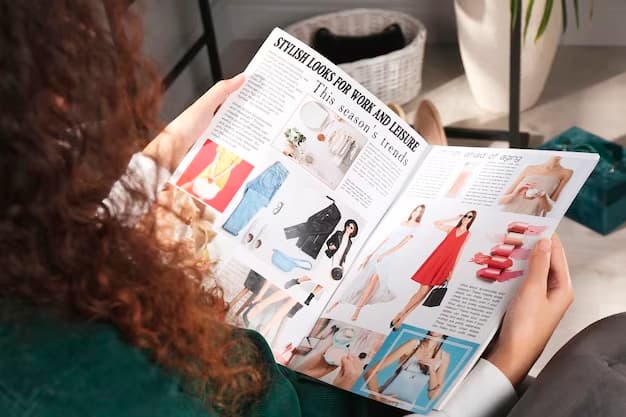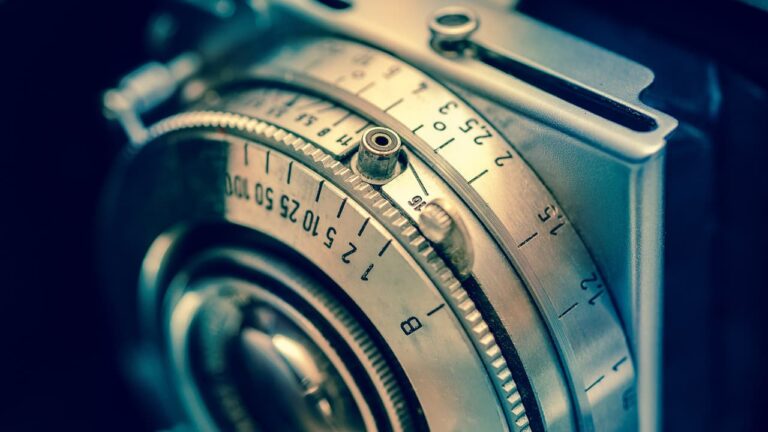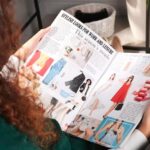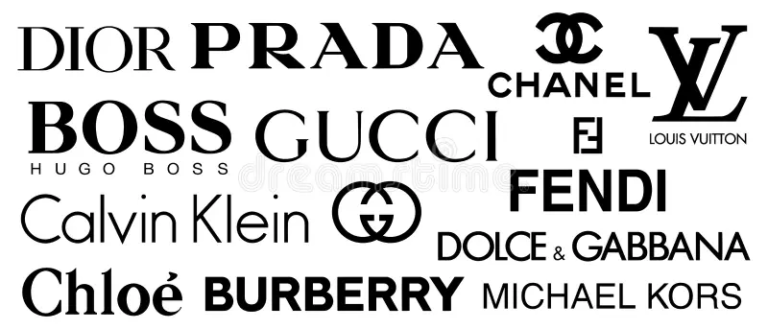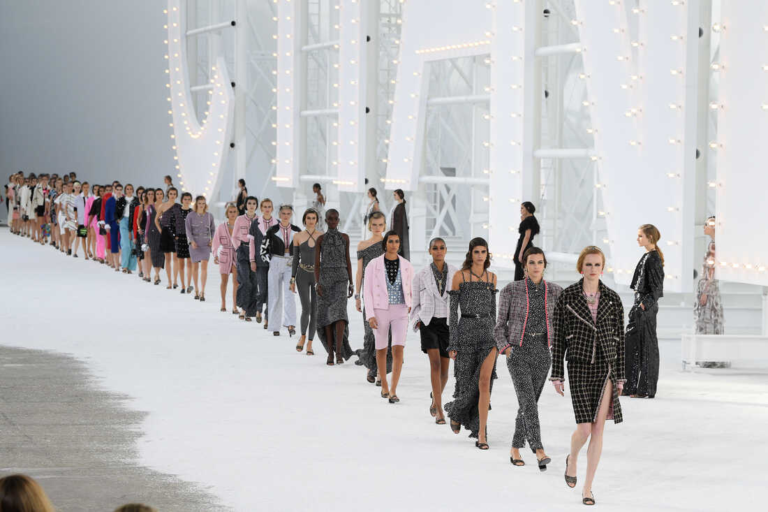Introduction
Are you aspiring to write about the always changing fashion industry, to capture the spirit of runway trends, and to establish style statements for readers worldwide? If these are the types of fantasies that prevent you from sleeping, then you have come to the correct location to learn how to pursue a career as a fashion writer.
Unraveling The Role of a Fashion Writer
Although films such as The Devil Wears Prada may have provided us with a sensational glimpse into the realm of fashion journalism, the actuality is a combination of glamor, determination, and a substantial amount of writing.
Job Description
The primary function of a fashion writer is to create engaging and educational pieces pertaining to the fashion sector. These articles can cover a broad spectrum of subjects, including:
- News Flashes: Fashion writers are responsible for keeping abreast of the most current industry news and trends. They must expeditiously transform this information into succinct and captivating pieces for their readers.
- In-Depth Fashion Features: Exploring a specific fashion-related topic is another aspect of their profession. One could engage in activities such as examining the origins and development of a fashion label, analyzing a prevailing fashion style, or creating profiles of significant individuals in the field.
- Runway Reviews: Several fashion journalists, such as Nicole Phelps from Vogue, specialize in delivering meticulous and discerning evaluations of fashion presentations. These critiques frequently necessitate a keen attention to detail and a profound comprehension of fashion aesthetics.
Variety in Writing
The profession of fashion writing does not cater to a universal audience. Writers in this domain possess the liberty to establish their own specialized area or choose a more varied approach. Here are few crucial factors to take into account:
- Specialization: Certain fashion writers opt to concentrate solely on particular areas, such as runway critiques, sustainable fashion, or haute couture. This specialization enables individuals to acquire expertise in their selected field.
- Print vs. Digital: Fashion writing encompasses various mediums. Although conventional print periodicals continue to be significant, digital channels have provided writers with additional opportunities. Digital authors frequently encounter the necessity to adjust their writing to fit shorter formats and effectively captivate a wider online readership.
A Day in Life
A typical day in the life of a fashion writer is a whirlwind of creativity and productivity:
- Research: The morning often begins with extensive research, scouring the internet, fashion magazines, and press releases to stay informed about the latest developments in the industry.
- Editorial Meetings: Fashion writers frequently attend editorial meetings to discuss upcoming articles, share ideas, and coordinate with other members of the editorial team.
- Content Creation: Writing is, of course, at the core of their work. Whether it’s drafting news articles, conducting interviews, or crafting feature pieces, writers spend a significant portion of their day putting words to paper (or screen).
- Inspiration: Fashion writers draw inspiration from a wide array of sources. Social media platforms like Instagram and Pinterest are treasure troves of visual inspiration, while TikTok trends may offer unique angles for articles.
- Brand Engagements: On occasion, fashion writers are invited to attend brand events, including new collection unveilings. These events provide valuable insights and firsthand experiences to inform their writing.
The Fashion Week Hustle
One of the most exhilarating aspects of being a fashion writer is attending Fashion Week events. However, it’s not all glamor and runway shows:
- Show Attendance: Fashion writers have the privilege of witnessing cutting-edge fashion creations firsthand. They attend runway shows, presentations, and exhibitions to get an up-close look at the latest collections.
- Networking: Fashion Week is a hotspot for networking. Writers interact with designers, models, photographers, and fellow journalists, forging connections that can be invaluable for future work.
- Intense Deadlines: Amid the glitz and excitement, deadlines loom large. Fashion writers often find themselves burning the midnight oil to meet tight publication schedules, translating their experiences and insights into captivating articles.
Fashion Writer Vs. Fashion Editor

It’s essential to differentiate between these two roles:
While both are integral to the creation of captivating fashion content, they serve distinct purposes and carry varying responsibilities. Let’s explore the core functions of each role, their contributions to the fashion industry, and how they collaborate to produce engaging fashion content.
Fashion Writer
A fashion writer is primarily responsible for crafting written content for fashion magazines, websites, blogs, or other media outlets. Their role revolves around producing articles, reviews, features, and news pieces related to fashion, style, and beauty. Here are the key responsibilities of a fashion writer:
- Research and Reporting: Fashion writers delve deep into fashion trends, designers, brands, and industry news to provide accurate and up-to-date information to their audience.
- Content Creation: They write articles, blog posts, and product reviews, often including personal perspectives and insights to engage readers.
- Interviews: Fashion writers may conduct interviews with designers, models, or industry experts to gather unique insights and quotes for their articles.
- Style Guides: They create style guides, how-to articles, and fashion tips to help readers make informed style choices.
- Editorial Contribution: Fashion writers may collaborate with fashion editors to brainstorm ideas for fashion shoots and provide written content for editorials.
- Editing and Proofreading: Ensuring the accuracy, clarity, and grammar of their content is crucial to maintain the publication’s standards.
Fashion Editor
Fashion editors play a pivotal role in shaping the visual and stylistic aspects of a fashion magazine or website. They are not only responsible for curating content but also for the overall aesthetic and artistic direction. Here are the key responsibilities of a fashion editor:
- Styling: Fashion editors oversee the styling of fashion shoots, including selecting clothing, accessories, and props, and coordinating hair and makeup to create visually striking images.
- Creative Direction: They conceptualize and plan editorial spreads, ensuring that the visuals align with the publication’s theme or vision.
- Collaboration: Fashion editors collaborate closely with photographers, models, makeup artists, and stylists to execute the editorial vision effectively.
- Content Selection: Editors curate and select the most compelling images and layouts for fashion editorials and features.
- Budget Management: They often manage budgets for fashion shoots, making decisions regarding location, wardrobe, and other production elements.
- Trend Analysis: Fashion editors stay updated on current fashion trends and emerging designers to ensure the magazine’s content remains relevant and engaging.
Collaboration Between Fashion Writers and Fashion Editors
These two roles often collaborate to create comprehensive and appealing fashion content. Fashion writers provide the written context and narrative for fashion editorials, while fashion editors ensure the visual elements align with the overall theme. Effective communication and teamwork between these roles are vital to producing successful fashion publications.
The Classic Vs. The Unconventional
Traditional Path
Many aspiring fashion writers believe that a degree in journalism is the standard route to enter the industry. While this is a valid option, it’s important to recognize that fashion writing encompasses a broad range of skills and backgrounds.
Here’s a closer look at the traditional path:
| Traditional Path | Description |
|---|---|
| Degree in Journalism | Provides a strong foundation in writing, reporting, and ethics. |
| Internships at Fashion Publications | Offers practical experience and networking opportunities. |
| Writing for Campus Publications | Allows you to build a portfolio while still in school. |
Alternative Routes
Fashion writing welcomes diversity, and there are various alternative educational paths you can take:
| Alternative Routes | Description |
|---|---|
| Major in Art, Business, Law, or History | Diverse backgrounds can bring unique perspectives to fashion writing. |
| Self-education & Online Courses | Enroll in courses on fashion journalism, copywriting, or creative writing. |
| Studying Art and Culture | Deepen your understanding of fashion’s cultural context. |
Remember, regardless of your educational background, continuous learning is key. Keep up with the latest fashion trends, industry news, and writing techniques.
Building a Solid Writing Portfolio

Your writing portfolio is your calling card in the world of fashion writing. It’s where you showcase your skills, style, and expertise. Here’s how to create a compelling portfolio:
Your Strength
Your portfolio should reflect your unique voice and style as a writer. Include a variety of pieces that demonstrate your versatility:
- Feature Articles: Showcase your ability to craft engaging, in-depth stories about fashion trends, designers, or industry events.
- Product Reviews: Exhibit your critical thinking and ability to provide valuable insights.
- Personal Essays: Share your personal connection to fashion and your ability to connect with readers on a deeper level.
- Interviews: If you’ve had the opportunity to interview fashion industry professionals, include these as they demonstrate your networking skills.
Don’t Be Deterred
It’s important to note that not all pieces in your portfolio need to be published. Here’s what matters:
- Quality Over Quantity: Focus on presenting your best work, even if it’s from your personal blog or still in draft form.
- Editing and Proofreading: Ensure that every piece in your portfolio is polished and free of errors.
- Visual Presentation: Consider the layout and design of your portfolio. A clean, easy-to-navigate website or PDF document can make a strong impression.
Finding Opportunities
Online Job Portals
Traditional fashion publications and media outlets often list job openings on their websites. Here are some examples:
- Condé Nast Careers: Check out the careers page of renowned publications like Vogue, GQ, or Vanity Fair for job postings.
Pitching
Don’t limit yourself to waiting for job listings. Take a proactive approach by pitching your article ideas directly to editors and magazines. This can be a highly effective strategy for breaking into the industry:
- Develop Unique Ideas: Craft compelling and original article pitches that cater to the specific interests of the publication.
- Research the Publication: Familiarize yourself with the magazine’s style, audience, and editorial calendar.
- Professional Pitch: Ensure your pitch is well-written, concise, and tailored to the editor’s preferences.
- Persistence Pays: Be prepared for rejection but don’t be discouraged. Many successful fashion writers faced numerous rejections before landing their first assignment.
Taking The Freelance Route

The freelance world beckons with promises of flexibility. Whether it’s writing for multiple magazines, working remotely, or balancing another job – the freelance world offers myriad possibilities.
Beyond Writing
Freelancing extends beyond the core skill you offer. It encompasses a spectrum of activities that are essential for success.
- Selling Your Articles: If you’re a writer, you’ll need to market your work effectively. This involves understanding your target audience, crafting compelling pitches, and negotiating rates.
- Managing Clients: Building strong client relationships is paramount. It involves effective communication, meeting deadlines, and addressing client concerns promptly.
- Juggling Multiple Tasks: Freelancers often wear multiple hats. You may be a writer, but you’ll also need to manage your finances, handle marketing, and handle administrative tasks.
Building Relationships
One of the keys to freelance success is the ability to cultivate lasting relationships with clients and collaborators.
- Long-Term Associations: Over time, successful freelancers develop strong and long-term associations with clients. These relationships lead to a consistent workflow, steady income, and opportunities for growth.
- Networking: Building a network within your industry is crucial. Attend conferences, join online communities, and engage with peers to expand your professional connections.
Conclusion
How to become a fashion writer might seem like a daunting question, but with passion, persistence, and the right strategies, the fashion editorial world is yours to conquer. Remember, every style story you pen down brings the world closer to fashion, one word at a time.
FAQs
No, while journalism or fashion degrees might be common, many successful writers come from diverse educational backgrounds.
Crucial. Your portfolio showcases your writing prowess and is often the determining factor for editors.
Absolutely. Freelancing offers flexibility and the opportunity to write for multiple publications.
While attending fashion weeks can offer firsthand insights and networking opportunities, many writers also review shows remotely.
